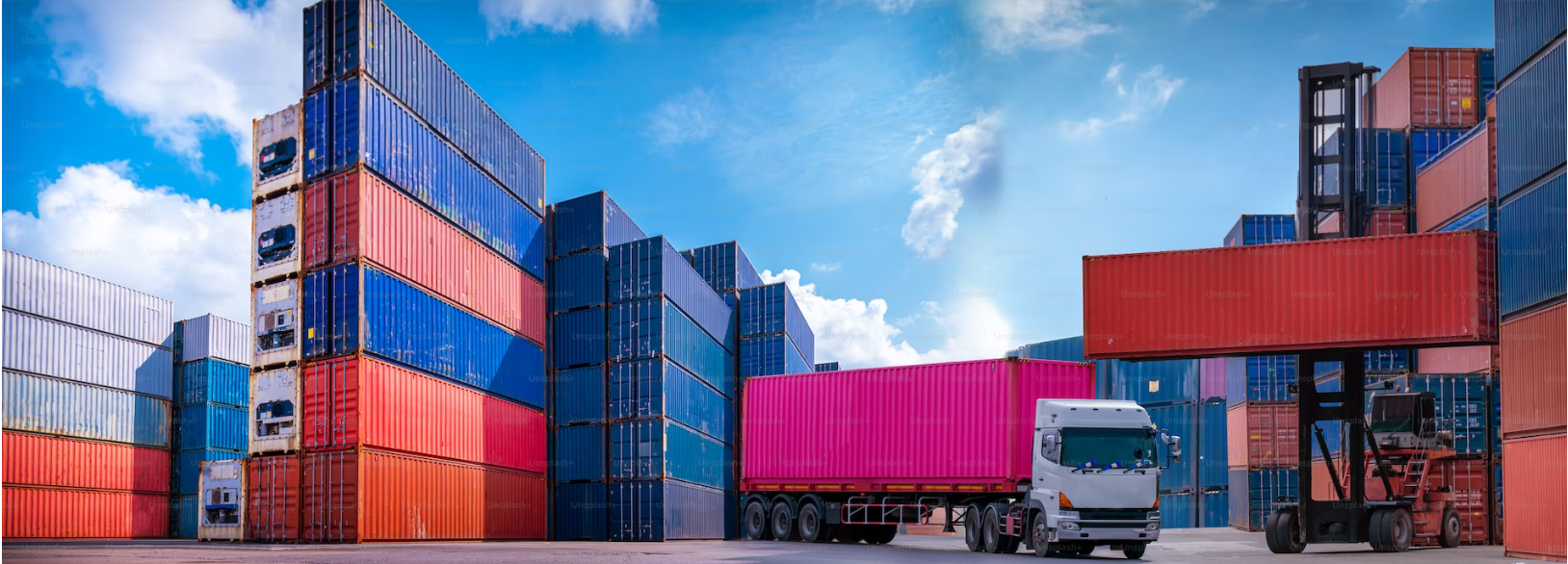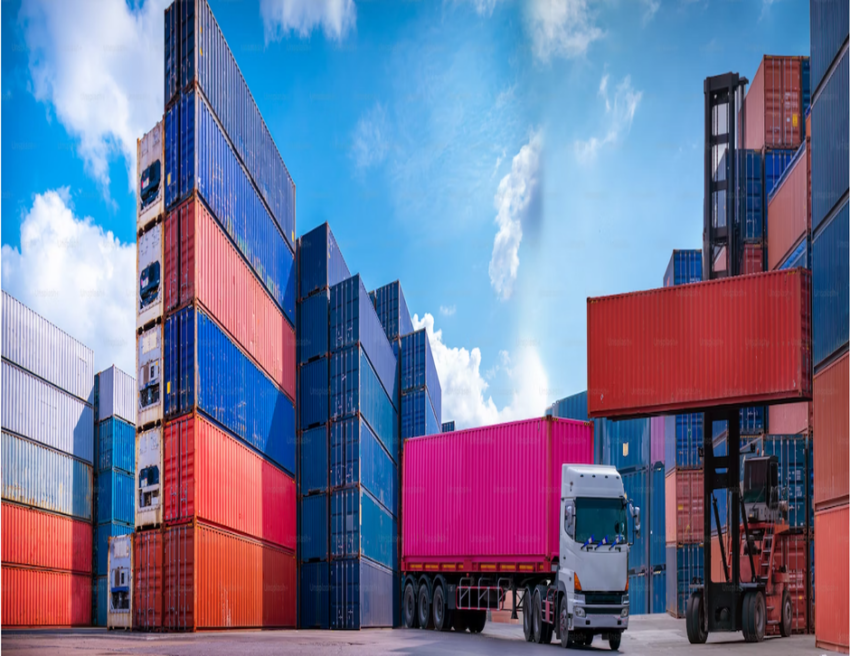
The freight forwarding industry in China is registering steady growth and is projected to register a CAGR of 5.32%. Moreover, the Chinese authorities have implemented a 5-year plan for the further development of independent freight forwarders with a sharp focus on promoting the digital transformation of the transportation and logistics industry. The country which has maintained its position as the largest logistics market in the world for the 7th consecutive year is taking serious measures to retain its position and further expand its influence in the global logistics market. Keep reading to find out how.
China has established its position as the strongest player in international transportation and logistics thanks to factors such as government regulations, a fantastic infrastructure of road, rail, and transportation, a wide network of warehousing and storage facilities, and a strong IT infrastructure. The Asia-Pacific region has come to play a leading role in the international freight forwarding market even before the pandemic started. This region has a market size of 2425.91 billion Euros and China is undoubtedly the largest contributor in this region. The transportation and logistics industry in China has been thriving for the last few years. As per a report from Research and Markets, the freight forwarding industry in this country will continue to expand at a CAGR of over 6% between 2022 to 2027.
China’s 5 years plan to Modernize the Transportation and logistics industry and its Impact on independent freight forwarders
According to the 5 years plan which was revealed in December 2022, the country is prioritizing the enhancement of the cold chain sector by 2025. As already mentioned above, the Chinese authorities have recognized the need for digitization in this sector. Therefore, the 5-year plan comes with key measures for enhancing the digital infrastructure by upgrading every aspect of the logistics processes starting from storage to packing, and transportation. Additionally, the government is also prioritizing sustainability in the logistics industry by encouraging practices such as the use of green packing materials and low-carbon fuel.
Even though it is a 5-years plan, Xinhua, the Chinese government news agency mentions that within just two years the country will feature a modernized logistics system where “supply/demand adaptation with internal and external connectivity will basically be in place.” It further mentions that the new logistics sector in China will be “safe, efficient, smart, and green, extending the value chain of logistics services, strengthening the service guarantee of modern logistics to people’s livelihood and improving the emergency response capacity of modern logistics.”
The 5-years plan concentrates on certain essential aspects such as the development of domestic and international logistics channels, the consolidation of resources of the logistics hubs, enhancing the service network of the logistics industry, improving emergency response capacity and extending the value chain of logistical services of the independent freight forwarders. Moreover, they are also focusing on the enhancement of the China-Europe freight train services while at the same time investing in the creation of overseas warehouses. The Chinese authorities are encouraging all the major service providers in this sector to strengthen their international service networks.
The challenges ahead
Although the 5-years plan will surely help China to stay competitive in the global freight and logistics market, there are several challenges that independent freight forwarders in China need to contend with in the coming months.
Even though China has made substantial investments in its infrastructure over the past decade, it still faces several logistical bottlenecks. These bottlenecks include traffic congestion, inadequate capacity road/rail networks, and ports and airports that can lead to delays and increased costs. Moreover, the declining relationship of China with the West is prompting many multinationals to find alternative manufacturing hubs in Asia.
Another factor to consider is the rising cost of labour in China. Labour costs in China have been rising in recent years, which has increased the cost of logistics services. Furthermore, the transportation and logistics industry in China is heavily regulated, which can make it difficult for new companies to survive in the competitive market. Additionally, the Chinese logistics sector is highly fragmented, with numerous small companies operating in different regions. This fragmentation makes it difficult to coordinate and integrate logistics services, leading to inefficiencies and higher costs.
Wrapping up:
The Chinese logistics sector which currently employs 50 million people will continue to grow in the current months with better infrastructure and massive investments in digitization. The Chinese government has clearly stated its intention to support the development of a new business model in the logistics sector and encourage the creation of more jobs. In the months ahead, we are going to witness a change in the e-commerce pattern with greater reliance on air freight service. Additionally, we can expect a further rise in logistics automation especially in fields like warehouse technology and omnichannel integration.
Overall, the logistics industry in China is expected to continue growing in the coming years, driven by the expansion of e-commerce, globalization, and infrastructure investment. However, the industry still faces challenges, such as the need for further improvements in technology and efficiency, as well as increased competition from international players.


